Power tools are essential investment tools that are used in both commercial and residential mechanic shops. They enhance speed, accuracy, and reduce the complexity of tasks. However, the durability of these tools depends on the frequency of maintenance of these tools. If not properly maintained, even the best equipment will at times fail and this will be very expensive to repair or replace. This comprehensive guide explores power tool parts, types, maintenance routines, storage tips, and longevity hacks to ensure your tools remain in top condition.
Table of Content: Understanding Power Tool Components Regular Maintenance Practices for Power Tools Power Tool Storage and Handling Tips Tips for Extending Power Tool Lifespan |
Understanding Power Tool Components
To effectively maintain power tools it is important to have background information on the various parts of the power tool. This knowledge of how each component of the tool works and the role it plays to the functionality of the tool can assist you to solve the problems.
1. Electric Motor
The motor is a central component of any power tool. It operates on electricity to transform electrical energy to mechanical energy to accomplish its function, say boring, slicing, or grinding among others. Motors are of different categories, for instance brushed motors, brushless motors and universal motors all of which have their own distinctive maintenance regimes. One of the most frequently occurring problems of motors is overheating which may be due to loading or due to inadequate ventilation. It is also important to clean often the outer casing of the motor and make sure that the vents are not blocked. Also the presence of abnormal sounds or vibrations may give indication of wear or damage to the components in use.
2. Power Cord or Battery
Corded tools rely on sturdy power cords, while battery-operated tools depend on lithium-ion or nickel-cadmium batteries. Frayed or damaged cords pose serious electrical hazards and should be replaced immediately. For battery-powered tools, avoid overcharging, as it reduces battery lifespan. Always use the manufacturer’s recommended charger and follow proper storage practices to prevent premature wear.
3. Bearings and Gears
Bearings and gears are critical for smooth and efficient operation. Bearings reduce friction between moving parts, while gears transmit power. Over time, these components can wear out due to high-speed operation or inadequate lubrication. Applying a few drops of machine oil to bearings and checking for gear misalignment ensures these parts stay functional.
4. Switches and Triggers
Switches control the flow of electricity to the motor, and triggers often offer variable speed options. Dust and dirt accumulation in these areas can lead to malfunction. Periodically cleaning with compressed air and ensuring the smooth movement of switches prevents disruptions during use.
5. Housing
The outer casing, or housing, protects the tool’s internal components. Cracks in the housing can expose sensitive parts to dust, debris, and moisture, leading to internal damage. Inspect the housing regularly and repair or replace it as needed to maintain the integrity of the tool.
Common Types of Power Tools
Power tools are indispensable in various industries and DIY projects, with each type designed for specific tasks. Understanding their unique maintenance requirements ensures they perform optimally.
1. Drills
Drills are versatile tools used for boring holes and driving screws. Whether corded or cordless, they require attention to their chuck, drill bits, and motor. A worn chuck can result in improper bit grip, affecting precision. Clean the chuck after every use and ensure bits are sharp to avoid unnecessary strain on the motor. For cordless drills, maintaining the battery's health by avoiding deep discharge is critical.
2. Saws
Saws, including circular saws, jigsaws, and miter saws, are used for cutting wood, metal, or other materials. The blade's sharpness directly impacts efficiency and safety. Blunt blades not only compromise cut quality but also put extra strain on the motor. Keep blades clean and free from pitch or resin buildup. For saws with laser guides, ensure the guide's alignment is correct to achieve accurate cuts.
3. Grinders
Grinders are essential for cutting, grinding, or polishing materials. The tool's efficiency depends heavily on the condition of its wheels. Regularly inspect the wheels for wear and cracks, as damaged wheels can pose a safety risk. Proper lubrication of the spindle and keeping the motor vents clean ensures a longer lifespan for your grinder.
4. Sanders
Sanders smooth surfaces through abrasive action, making them ideal for woodworking or metalworking projects. Dust collection systems play a significant role in their maintenance. Empty and clean the dust bag or collection unit frequently to prevent clogging. Additionally, check the sanding pads for wear and replace them as necessary to ensure smooth and consistent performance.
5. Impact Drivers
Impact drivers are known for their high torque output, making them suitable for driving screws and bolts into tough materials. Maintaining the driver’s bit holder and ensuring the proper fit of bits minimizes wear. Keep the tool's housing clean and inspect the motor periodically to avoid performance issues.
Regular Maintenance Practices for Power Tools
Consistency is key when it comes to power tool maintenance. Implementing a routine can help identify and address potential issues before they escalate.
1. Cleaning
Power tools accumulate dust and debris during operation, which can block air vents and cause overheating. After each use, wipe the exterior with a dry cloth and use compressed air to blow out debris from vents and crevices. For tools exposed to sticky substances, use a mild cleaning solution to remove residue without damaging the surface.
2. Lubrication
Moving parts like bearings and gears require lubrication to minimize friction and prevent wear. Use a manufacturer-recommended lubricant and apply it sparingly to avoid attracting dust. Schedule lubrication sessions based on the tool’s usage frequency.
3. Tighten Screws and Bolts
Vibrations during tool operation can loosen screws and bolts over time. A quick inspection and tightening of these components prevent unnecessary damage and maintain structural integrity.
4. Inspect the Power Cord
Damaged cords are a safety hazard, potentially leading to electrical shocks or fire. Check for cracks, frays, or exposed wires before each use. Replace damaged cords immediately, and avoid coiling them tightly to prevent internal wire breakage.
5. Test Safety Features
Safety guards, triggers, and lock mechanisms are crucial for safe tool operation. Regularly test these features to ensure they are functioning correctly. Replace faulty components promptly to reduce the risk of accidents.
6. Replace Worn Parts
Dull blades, worn bits, and cracked accessories not only reduce performance but also strain the motor. Inspect these parts frequently and replace them with high-quality, manufacturer-recommended options.
Power Tool Storage and Handling Tips
Proper storage and handling are as important as regular maintenance. Following the right practices protects your tools from damage and ensures they are ready for use when needed.
1. Keep Tools Dry
Moisture is one of the biggest enemies of power tools, leading to rust and corrosion. Store tools in a dry environment, and use moisture-absorbing packets in storage cases if necessary.
2. Use Protective Cases
Many tools come with custom cases designed to protect them during transport and storage. If a case isn’t available, invest in sturdy storage solutions that prevent dust accumulation and physical damage.
3. Avoid Overcrowding
Overcrowded storage spaces increase the likelihood of tools getting scratched, dented, or tangled. Use pegboards, tool racks, or shelves to keep tools organized and accessible.
4. Store Batteries Separately
For cordless tools, remove the batteries before storage. This practice prevents accidental activation and reduces the risk of battery leakage, which can damage the tool and nearby equipment.
5. Label and Organize
Organize your tools by type and label storage areas for quick identification. An organized workspace not only saves time but also reduces the risk of accidental damage from searching through piles of tools.
Looking for reliable lawn mowers and power tool parts? At WholeToolBox, we offer everything you need, from mower blades and belts to drill chucks, saw blades, and carbon brushes. Keep your equipment in top shape with our high-quality parts. Shop today for great prices and fast shipping!
Tips for Extending Power Tool Lifespan
By adopting certain practices, you can significantly extend the lifespan of your power tools and ensure consistent performance.
1. Follow Manufacturer Instructions
The user manual is your best resource for understanding your tool’s specific requirements. Follow the recommended maintenance and usage guidelines to avoid unnecessary wear.
2. Avoid Overloading
Using a tool beyond its capacity can overheat the motor and damage internal components. Always use the right tool for the job and take breaks during extended use.
3. Take Breaks
Continuous operation can overheat even the best tools. Allow tools to cool down during prolonged use, especially when working on demanding tasks.
4. Use High-Quality Accessories
Inferior blades, bits, and other attachments can strain your tools and compromise the quality of your work. Invest in high-quality accessories that are compatible with your tool.
5. Schedule Professional Servicing
For tools with complex mechanisms, periodic servicing by a professional can identify and fix issues before they become major problems. This proactive approach extends the tool's life and maintains peak performance.
Power tools are valuable investments that deserve proper care. By understanding their components, performing regular maintenance, and adopting proper storage and handling practices, you can ensure their longevity and reliability. With consistent effort and a little attention to detail, your tools will remain efficient, safe, and ready to tackle any project for years to come. Take charge of your tool maintenance today and enjoy the rewards of better performance and longer lifespan.
FAQs:
What is the lifespan of a power tool?
Most power tools last 5–10 years with proper maintenance, though high-quality tools can last longer.
Is it OK to leave the battery in a power tool?
It's better to remove the battery when not in use to prevent over-drain and prolong its life.
How can I make my power tools last longer?
Clean them regularly, lubricate moving parts, store properly, and avoid overloading during use.

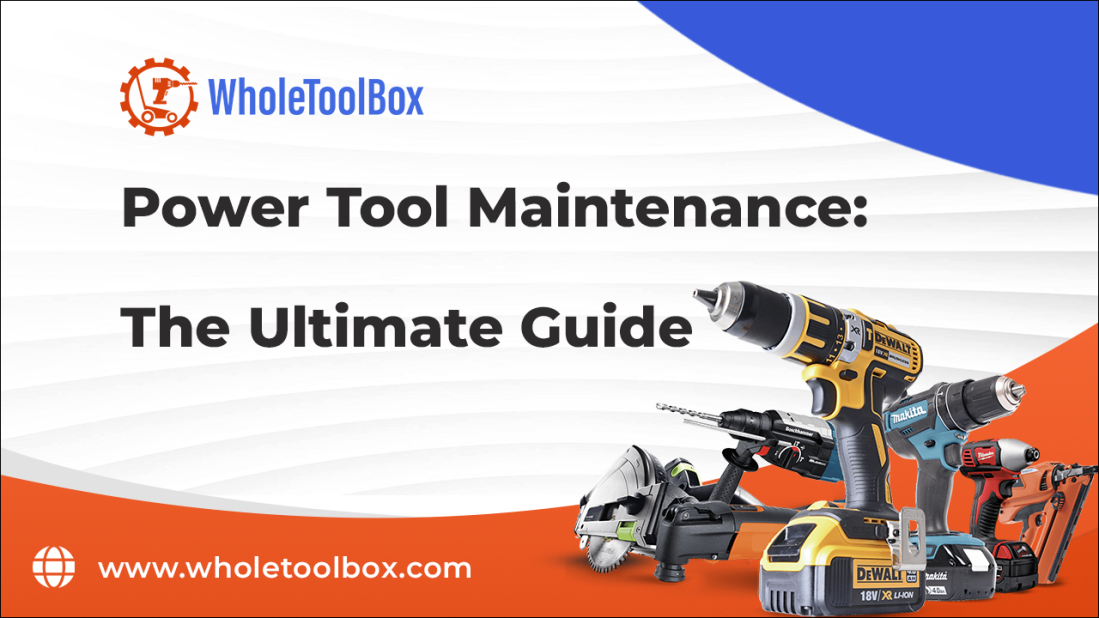
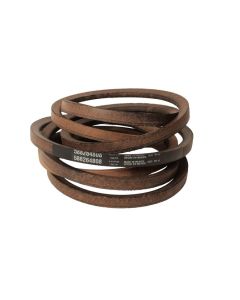
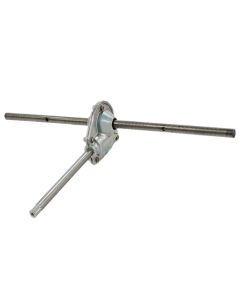
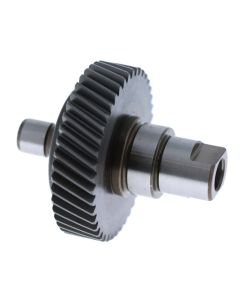
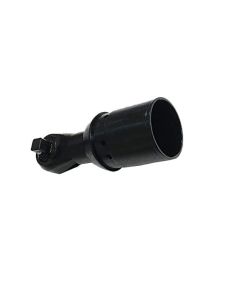
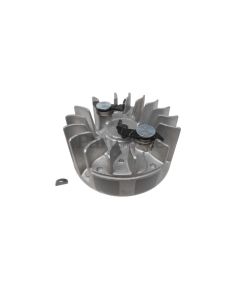


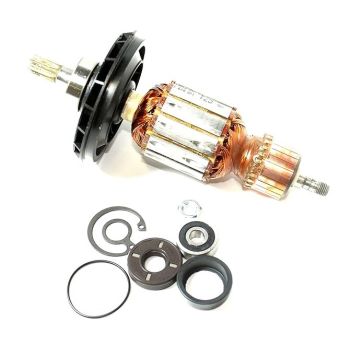
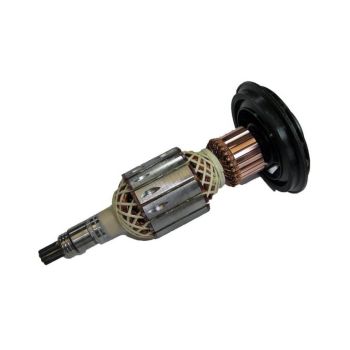
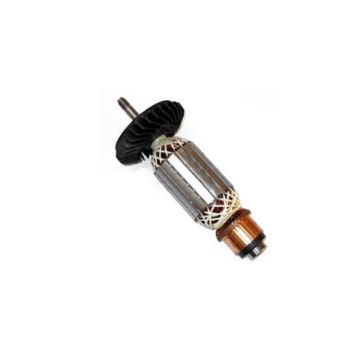
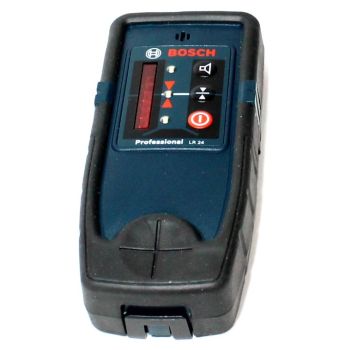
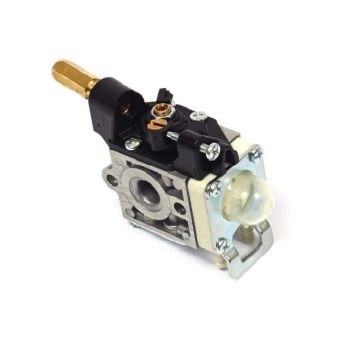
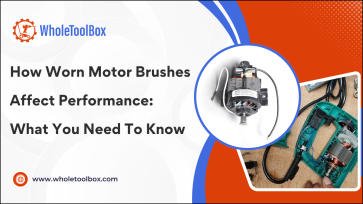


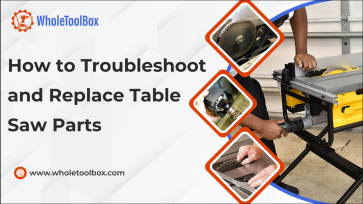

Validate your login